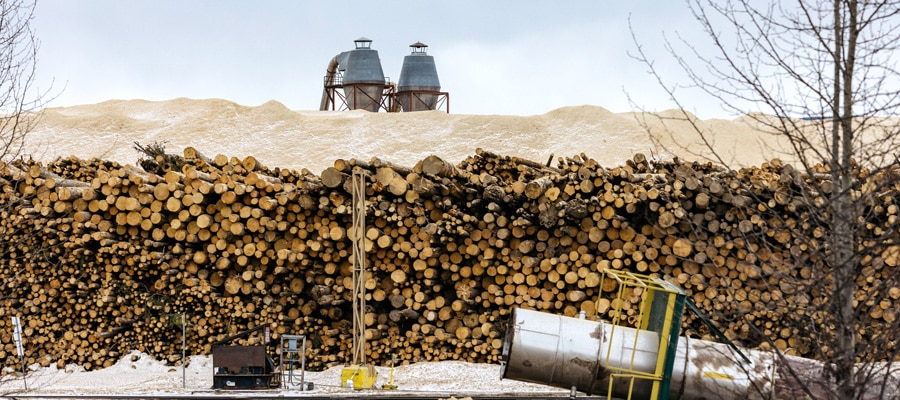Bioenergy – Catching on like a house on fire or set for slow burn?
As the global economic meltdown and in particular the US housing market collapse continues to savage BC lumber producers, government leaders boldly predict that wood-fired energy – “bioenergy” – will ride to the rescue of a shell-shocked industry and brutalized rural, resource towns dealing with soaring unemployment rates.
February’s Speech from the Throne is a case in point. “Energy opportunities will transform the future of forestry in British Columbia with clean, carbon-neutral bioenergy, fueled by biomass from beetle-killed forests. It will mean new jobs, new revenue streams and new electricity.”
Sounds promising. But I have my doubts. It costs money – lots of it – to move trucks onto old logging sites, pay workers to gather and grind up waste wood, then load the chips onto trucks that drive back to facilities that take the chips and burn them under intense heat to fire turbines that generate electricity. Which is why the bioenergy industry has historically relied on chips and sawdust from sawmills as a “secure” source of extremely cheap fibre for its feedstock.
But what happens when all – or most – of the sawmills close? Well, we’re about to find out. And much may hinge on the outcome. In Williams Lake, EPCOR owns North America’s largest biomass power plant. The 66 MW facility, capable of supplying power to 33,000 homes, has been in operation since 1993, and has historically relied on 70 truckloads of waste wood chips and sawdust per day from the city’s lumber mills.
Now, most of the city’s mills are closed and EPCOR, locked into a 25-year power supply agreement with BC Hydro, must begin to pay – and pay dearly – for companies to go out and find the wood it needs to keep its facility running.
EPCOR, given its considerable size, is an exceptional example. But the bioenergy giant is not alone in feeling the pinch. Like EPCOR, BC’s infant wood pellet industry has so far hitched its fortunes on accessing waste wood from sawmills. That supply source is a shadow of its former self.
Ironically, in a province awash in “waste” wood in the form of millions upon millions of dead pine trees, supply issues may prove the undoing of the vaunted bioenergy industry. Cheap, readily available supplies, that is. Businesses used to getting something for virtually nothing often have a hard time making money and profits the old fashioned way – by earning them.
Topics: Climate change & energy policy, Economy, Environment, resources & sustainability

